When it comes to achieving a lush, vivid lawn in the Boston area, choosing the right grass seed is key. With the region’s unique climate and soil conditions, selecting the best grass seed can make all the difference in creating a beautiful outdoor space.
In this article, discover the top 5 grass seed options specifically tailored to thrive in Boston’s environment.
From durable blends that can withstand New England’s varying weather patterns to varieties that excel in shady areas common in urban landscapes, finding the perfect grass seed for your Boston lawn can be a game-changer.
Whether you’re looking to repair patches, establish new growth, or simply enhance your yard’s overall appeal, selecting the right grass seed is the first step towards a healthier, greener lawn that will be the envy of the neighborhood.
Top 5 Grass Seed Types Recommended for Boston Area
Here are the top 5 best grass seed types recommended for Boston area:
1. Fine Fescue
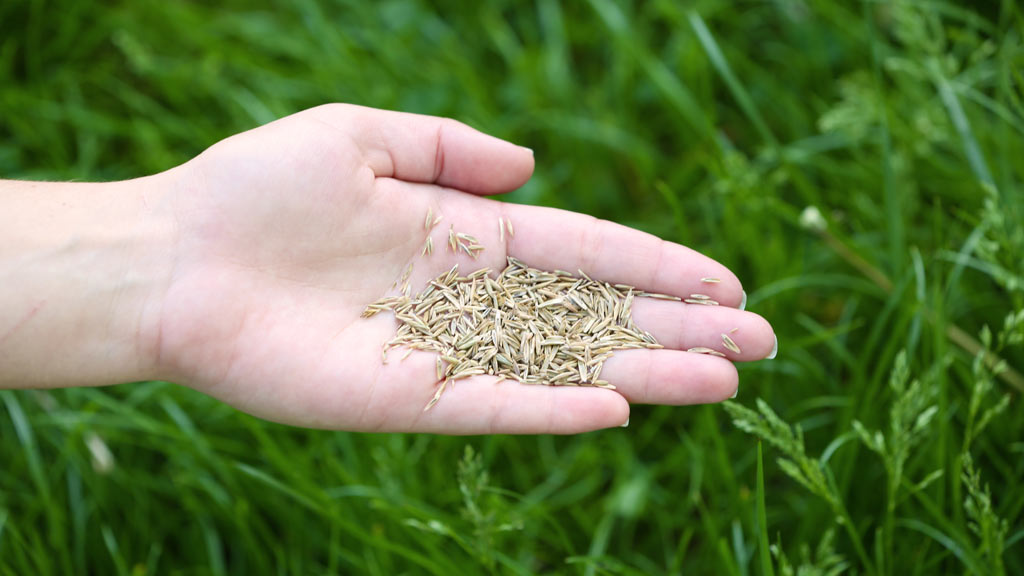
Fine fescue encompasses a variety of grasses including creeping red fescue, chewing fescue, hard fescue, and sheep fescue.
These grasses are well-suited for Boston’s climate because of their tolerance for cooler temperatures and shade.
Fine fescue grasses have a soft, delicate texture that gives lawns a refined appearance. They excel in shaded areas where other grass types might struggle, such as under trees or near buildings.
Additionally, fine fescues are low-maintenance; they grow slowly, which reduces the frequency of mowing.
They also have lower water and fertilizer needs compared to other grass types, making them an eco-friendly choice. However, they may not be as resilient to heavy foot traffic as some other varieties.
2. Kentucky Bluegrass
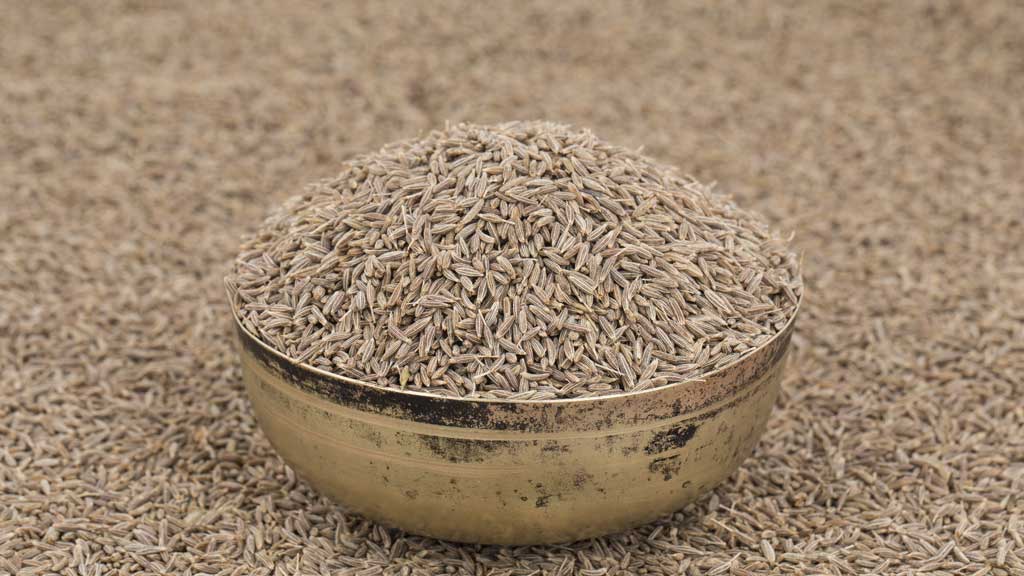
Kentucky bluegrass is known for its lush, dark green color and fine texture, which creates a beautiful, dense lawn.
It is particularly suited to Boston’s climate due to its ability to thrive in cool temperatures and recover from cold winters.
The grass spreads through underground rhizomes, which allows it to repair itself and fill in bare spots, ensuring a consistently thick and attractive lawn.
Kentucky bluegrass does require regular maintenance, including mowing, fertilizing, and watering, especially during the summer months to keep it healthy and vivid. It is also prone to certain pests and diseases, so periodic treatment may be necessary.
3. Perennial Ryegrass
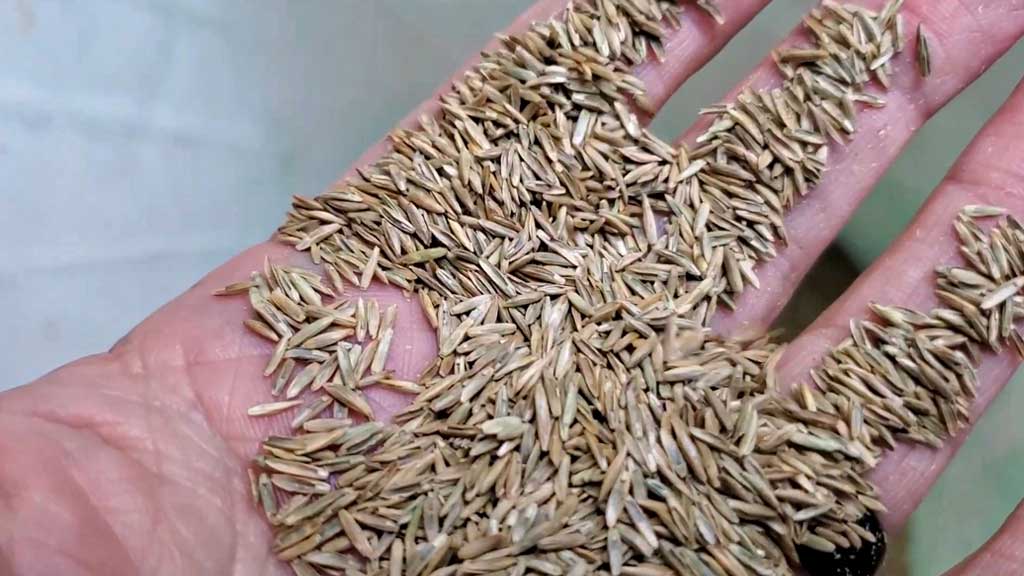
Perennial ryegrass is appreciated for its rapid germination and establishment, which makes it an excellent choice for quickly green-up lawns.
It provides a lush, vivid color and a fine texture, ideal for creating a beautiful lawn in a short period. This grass type is particularly useful for overseeding existing lawns or for establishing new ones in cooler months. Its wear tolerance makes it suitable for high-traffic areas such as play zones or sports fields.
However, perennial ryegrass does have limitations; it may struggle with heat and drought conditions typical of Boston’s summer, and it often requires more frequent watering and care compared to cool-season grasses.
4. Tall Fescue
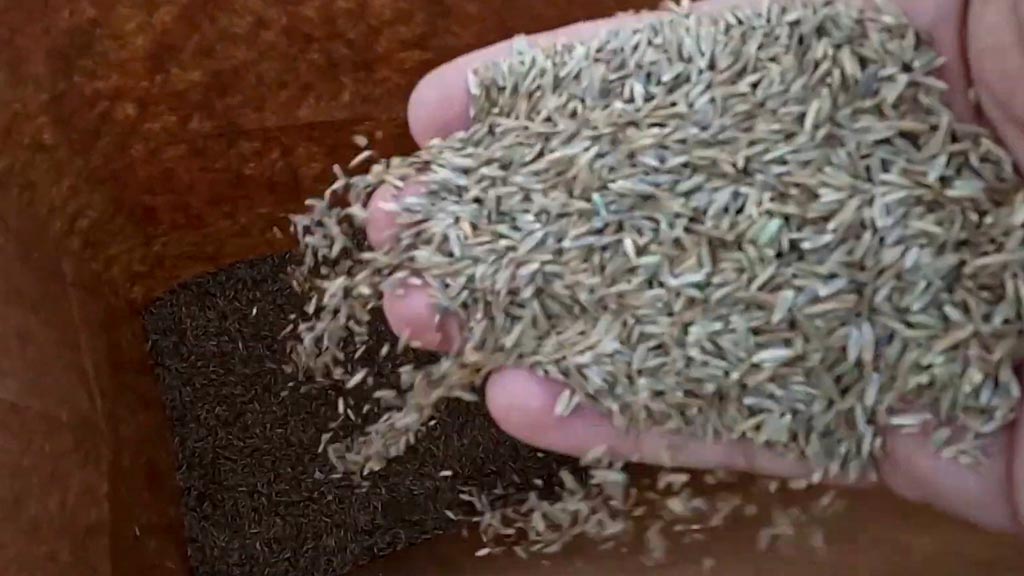
Tall fescue is renowned for its robustness and adaptability. Its deep root system helps it withstand drought conditions better than many other grasses, making it suitable for Boston’s variable summer weather.
Tall fescue maintains a vivid green color even during hot and dry periods, providing an attractive lawn year-round. It has a coarser texture compared to fine fescues but is still visually appealing and comfortable underfoot.
Tall fescue is tolerant of moderate shade and can handle occasional foot traffic, though it is not as shade-tolerant as fine fescue. It also benefits from regular fertilization and adequate watering to maintain its health and appearance.
5. Zoysia Grass
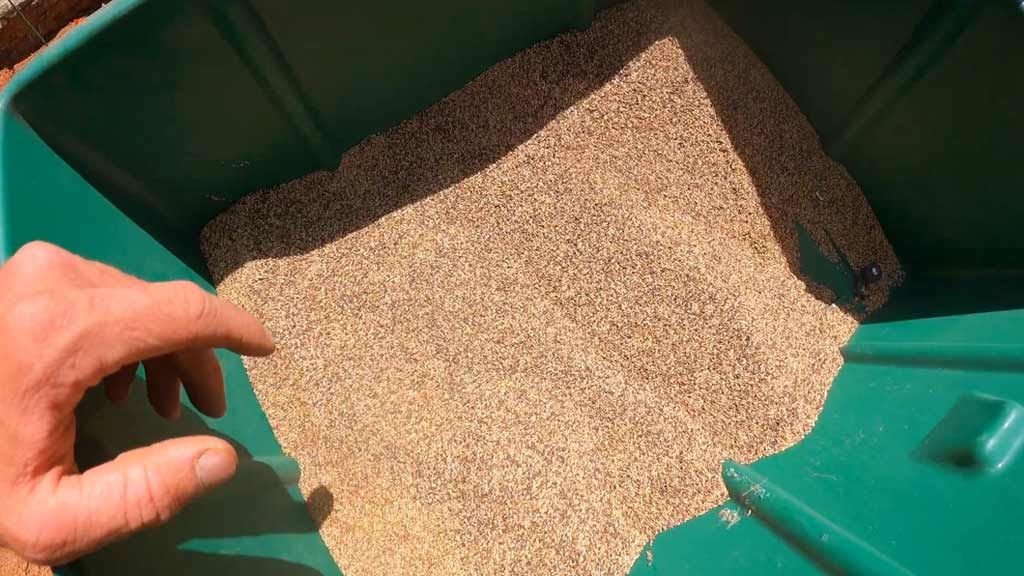
Zoysia grass is a warm-season grass that offers exceptional drought resistance and a low-maintenance lawn option. It forms a dense, thick mat of grass that can handle heavy use and is effective at crowding out weeds.
Zoysia’s heat tolerance makes it an excellent choice for Boston’s hotter summer months, though it may struggle during the colder winter.
It has a slower growth rate, reducing the frequency of mowing required, and its dense growth can also help with soil erosion.
While Zoysia may not be as well-suited for Boston’s cold winters, it can be a viable option if you’re willing to take steps to protect it during the colder months, such as using winterizing fertilizers or providing supplemental watering.
Best Timeframes for Planting Grass Seeds in Boston Region
When it comes to planting grass seeds in the Boston area, timing is crucial for optimal growth and establishment.
Here are the best timeframes for planting grass seeds in different seasons:
Summer (June – August)
During the summer months in Boston, the warm temperatures create ideal conditions for grass seed germination.
It’s best to plant warm-season grass seeds like Zoysia grass during this period. Ensure proper watering to help the seeds establish and grow in the heat.
Fall (September – November)
Fall is considered the best time to plant cool-season grass seeds in Boston. Varieties like Kentucky Bluegrass, Fine Fescue, and Perennial Ryegrass thrive when planted during this period.
The cooler temperatures and increased moisture create a favorable environment for seed germination and root development.
Winter (December – February)
Winter in Boston is not the ideal time to plant grass seeds due to the cold temperatures and frost. It’s recommended to wait until the frost has passed and the soil warms up in the spring for successful germination.
Consider focusing on lawn maintenance and preparation during the winter months instead of planting new seeds.
Spring (March – May)
Spring is another excellent time to plant grass seeds in the Boston region. The cool and moist conditions support seed germination and early root establishment.
Cool-season grasses like Tall Fescue and Fine Fescue can be sown during this time to take advantage of the favorable growing conditions and allow the grass to establish before the hot summer months.
Effective Care Tips for Cool Season Grasses in Boston
Caring for cool-season grasses in Boston involves understanding the unique climate and seasonal changes that affect lawn health.
Here are some effective care tips to keep your cool-season grass thriving:
Proper Mowing
Maintaining the correct mowing height is essential for cool-season grasses. For types like Kentucky bluegrass, fine fescue, and perennial ryegrass, aim for a height between 2.5 and 3.5 inches.
Taller grass can better withstand heat and drought, as well as compete more effectively with weeds. Regular mowing is important to ensure that no more than one-third of the grass height is removed at a time, as this minimizes stress and supports a healthier lawn.
Additionally, keeping mower blades sharp helps achieve clean cuts, which facilitates quicker recovery and reduces overall stress on the grass.
Fertilization
Fertilization should be timed carefully to match the growth patterns of cool-season grasses. Applying fertilizer in the fall and early spring is generally effective since these are periods of active growth.
Fall fertilization is particularly beneficial as it helps the grass build up reserves for winter. Use a balanced, slow-release fertilizer to ensure nutrients are provided gradually, supporting steady growth and reducing the risk of over-fertilization.
It is important to follow the recommended application rates to avoid excessive thatch buildup and increased susceptibility to diseases.
Watering
Watering practices are crucial for maintaining healthy cool-season grasses. These grasses typically require about 1 to 1.5 inches of water per week, including rainfall.
During dry spells or hot weather, it may be necessary to increase watering to maintain adequate moisture. The best time to water is early in the morning, which helps reduce evaporation and minimizes the risk of fungal diseases.
Water deeply and infrequently to encourage deep root growth, as shallow, frequent watering can lead to shallow roots and increased stress.
Aeration
Aeration is an important practice to alleviate soil compaction and enhance overall lawn health. It is best to aerate your lawn annually, with fall being the ideal time.
Aeration involves removing small plugs of soil, which helps improve water and nutrient uptake and reduces thatch buildup. This process also supports better root growth and overall soil health.
Weed and Pest Control
Effective weed control involves applying pre-emergent herbicides in early spring to prevent weed seeds from germinating.
For existing weeds, use post-emergent herbicides, ensuring you follow the label instructions carefully to achieve the best results.
Monitoring for pests, such as grubs and chinch bugs, is also important. Address infestations promptly with appropriate treatments or natural predators to minimize damage to the lawn.
Disease Management
Preventing lawn diseases starts with promoting good air circulation and avoiding excessive thatch buildup. Ensuring proper watering and mowing practices can also help keep the lawn healthy and less susceptible to disease.
If fungal diseases like powdery mildew or brown patch occur, use fungicides as needed and consider integrated pest management practices to address the underlying causes.
Seasonal Care
Seasonal care involves specific actions to prepare the lawn for different times of the year. In the fall, it is important to rake leaves regularly to prevent them from smothering the grass and to apply a fall fertilizer to support root growth and prepare the lawn for winter.
During winter, avoid heavy traffic on frozen grass to prevent damage, and in areas prone to snow mold, a light application of sand or a snow mold preventative may be beneficial.
Soil Testing
Conducting soil tests every 2-3 years helps ensure that the lawn receives the proper nutrients and maintains good soil health.
Based on the results of these tests, amendments such as lime or sulfur can be applied to adjust soil pH and improve growing conditions for your grass. Regular soil testing provides valuable insights that support long-term lawn health and vitality.
Frequently Asked Questions
What are some recommended grass seed types for a healthy lawn in Boston?
Kentucky bluegrass and fescues thrive in the local climate and soil conditions, providing a lush and resilient lawn cover.
Should I adjust mowing height during Boston summers?
Yes, raising the mower height in summer helps grass retain moisture and withstand heat stress, promoting a healthier lawn.
What winter precautions are essential for lawn care in Boston?
Proper snow removal techniques and avoiding foot traffic on frozen grass are crucial to protect the lawn during winter months.
Why is early weed control important for Boston lawns?
Early weed control helps prevent weed infestations, preserving the health and appearance of your lawn year-round.
How can I maintain a vivid lawn in Boston throughout the seasons?
Regular maintenance practices like deep watering, aeration, overseeding, and limiting lawn traffic ensure a vivid and robust grass cover in Boston year-round.
Conclusion
Selecting the best grass seed for the Boston area is crucial for achieving a lush and thriving lawn year-round. The focus on cool-season grass varieties like Kentucky bluegrass and fescues can ensure resilience to the local climate and provide a verdant landscape.
Implementing effective care tips, such as deep watering and adjusting mowing height during summer, helps maintain a healthy lawn.
For fall lawn care, practices like aerating, overseeding, and raking leaves are essential to prepare the grass for the upcoming winter months.
Winter precautions like proper snow removal techniques, avoiding foot traffic on frozen lawns, and dethatching can help preserve the grass’s health.
Remember to conduct soil testing regularly, control weeds early, and limit foot traffic across the lawn to sustain a vivid and robust grass cover in Boston regardless of the season.
By following these guidelines and being attentive to your lawn’s needs, you can enjoy a beautiful and thriving grassy landscape in the Boston area throughout the year.
Natalie Kurtzman